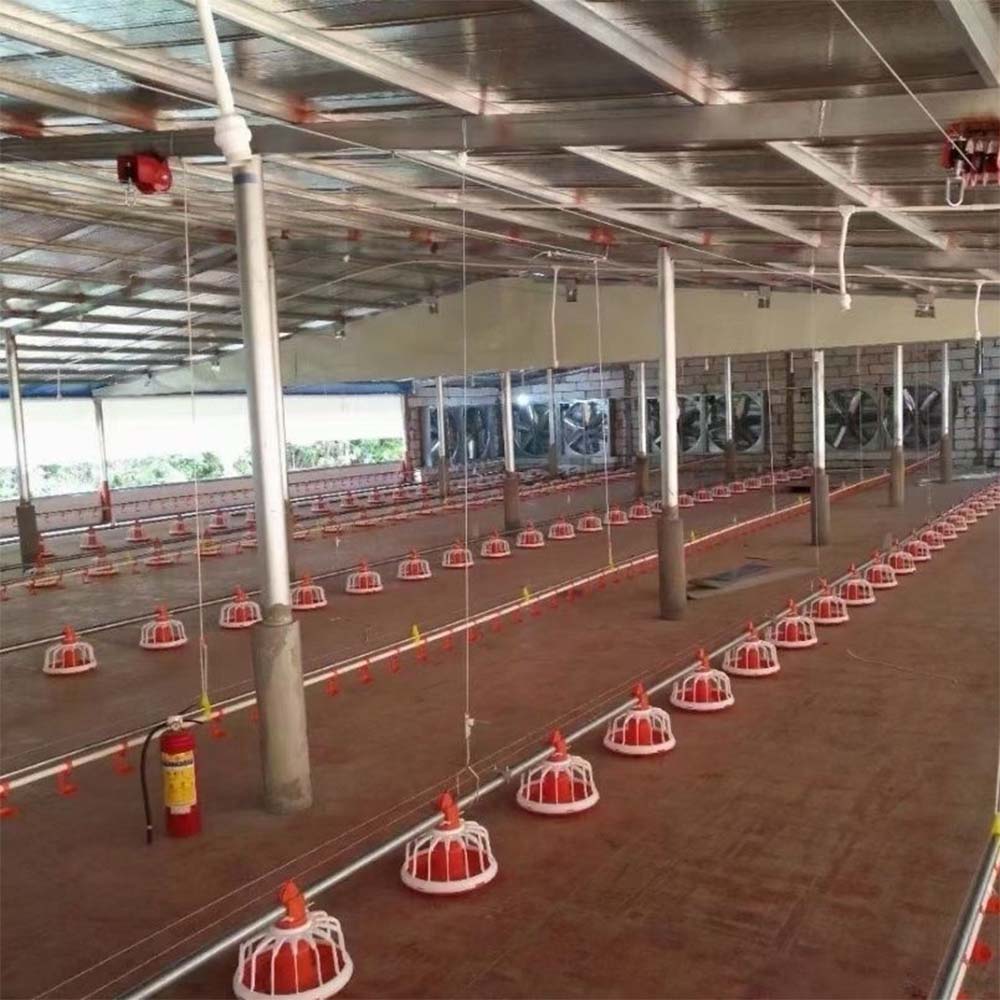China's Poultry Cages Innovations for Enhanced Farming Efficiency and Productivity
Nov . 07, 2024 23:29 Back to list
China's Poultry Cages Innovations for Enhanced Farming Efficiency and Productivity
Poultry Cages in China An Overview of the Industry and Its Impact
The poultry industry plays a significant role in China’s agricultural landscape, with a vast network of production and distribution that caters to the country's immense population. As one of the largest producers and consumers of poultry in the world, China has seen a dramatic rise in the development and use of poultry cages over recent years. These structures, designed for the efficient housing of birds, have not only revolutionized poultry farming practices but also contributed to significant economic growth within the sector.
Evolution of Poultry Farming in China
Historically, poultry farming in China was largely characterized by small-scale, free-range practices. However, as urbanization accelerated and the demand for poultry products increased, the industry began shifting towards more intensive farming methods. This transition has been greatly facilitated by modern poultry cages. These innovative systems allow for higher density housing, which optimizes space and maximizes productivity.
The introduction of battery cages specifically has sparked considerable debate over animal welfare. While these systems can enhance production efficiency, concerns have been raised regarding the quality of life for the hens housed within them. In response to growing consumer awareness regarding animal rights and welfare, many poultry farms in China are now exploring alternative housing solutions, such as enriched cages and free-range systems, which provide better living conditions for the birds.
Types of Poultry Cages
Poultry cages in China can be categorized into several types, each tailored to meet specific farming needs
. The most common types include1. Battery Cages Typically used for egg-laying hens, battery cages allow farmers to house a large number of birds in a compact space. These cages are designed to maximize efficiency but have been criticized for limiting the birds’ movement.
2. Enriched Cages A response to welfare concerns, enriched cages provide more space and amenities, such as nesting boxes and perches, allowing hens to exhibit more natural behaviors.
3. Floor Cages These systems allow hens to roam on the ground level, providing more freedom than traditional battery cages. Floor cages also facilitate better fecal management and reduce disease transmission risks.
poultry cages china

4. Free-range Systems Although less common due to higher space requirements, free-range systems give birds access to outdoor environments, aligning closely with welfare-oriented practices.
Impacts on the Economy
The poultry cage industry in China is a crucial driver of economic growth. With the increasing demand for poultry products, investments in modern poultry cages have led to enhanced production efficiency. These advancements allow farmers to produce more eggs and meat while reducing labor costs and resource consumption. Additionally, poultry farming generates employment opportunities across the supply chain, from hatcheries to processing plants.
Furthermore, the integration of automation and innovative technologies in poultry cage systems is paving the way for modernized farming. Automated feeding, watering, and egg collection systems are being increasingly adopted, leading to improved productivity and reduced operational burdens for farmers.
Challenges and Future Outlook
Despite the advancements, the poultry cage industry in China faces several challenges. The growing concern over animal welfare is prompting regulatory changes, which could drive farmers to adopt more humane practices, potentially impacting production costs. Furthermore, fluctuations in feed prices and the threat of disease outbreaks, such as avian influenza, pose ongoing risks to poultry production.
Looking toward the future, the poultry industry in China is likely to continue evolving. With increasing consumer preferences leaning towards organic and free-range products, there is a growing market for sustainably produced poultry. This shift could encourage innovations in housing systems and feed production, emphasizing welfare and environmental consciousness.
Conclusion
In conclusion, poultry cages in China represent a dynamic and evolving segment of the agricultural landscape. While they have facilitated extraordinary growth in poultry production, the accompanying challenges related to animal welfare and sustainability cannot be overlooked. As the industry adapts to changing consumer demands and regulatory landscapes, the future will likely see a balance between efficiency and ethical farming practices. Thus, the ongoing development of poultry cages will play a pivotal role in shaping the future of poultry farming in China and beyond.
-
Automatic Feeding Line System-Pan Feeder Nipple Drinker|Anping County Yize Metal Products Co., Ltd.
NewsJul.29,2025
-
Hot Sale 24 & 18 Door Rabbit Cages - Premium Breeding Solutions
NewsJul.25,2025
-
Automatic Feeding Line System Pan Feeder Nipple Drinker - Anping County Yize Metal Products Co., Ltd.
NewsJul.21,2025
-
Automatic Feeding Line System Pan Feeder Nipple Drinker - Anping County Yize Metal Products Co., Ltd.
NewsJul.21,2025
-
Automatic Feeding Line System - Anping Yize | Precision & Nipple
NewsJul.21,2025
-
Automatic Feeding Line System - Anping Yize | Precision & Nipple
NewsJul.21,2025






